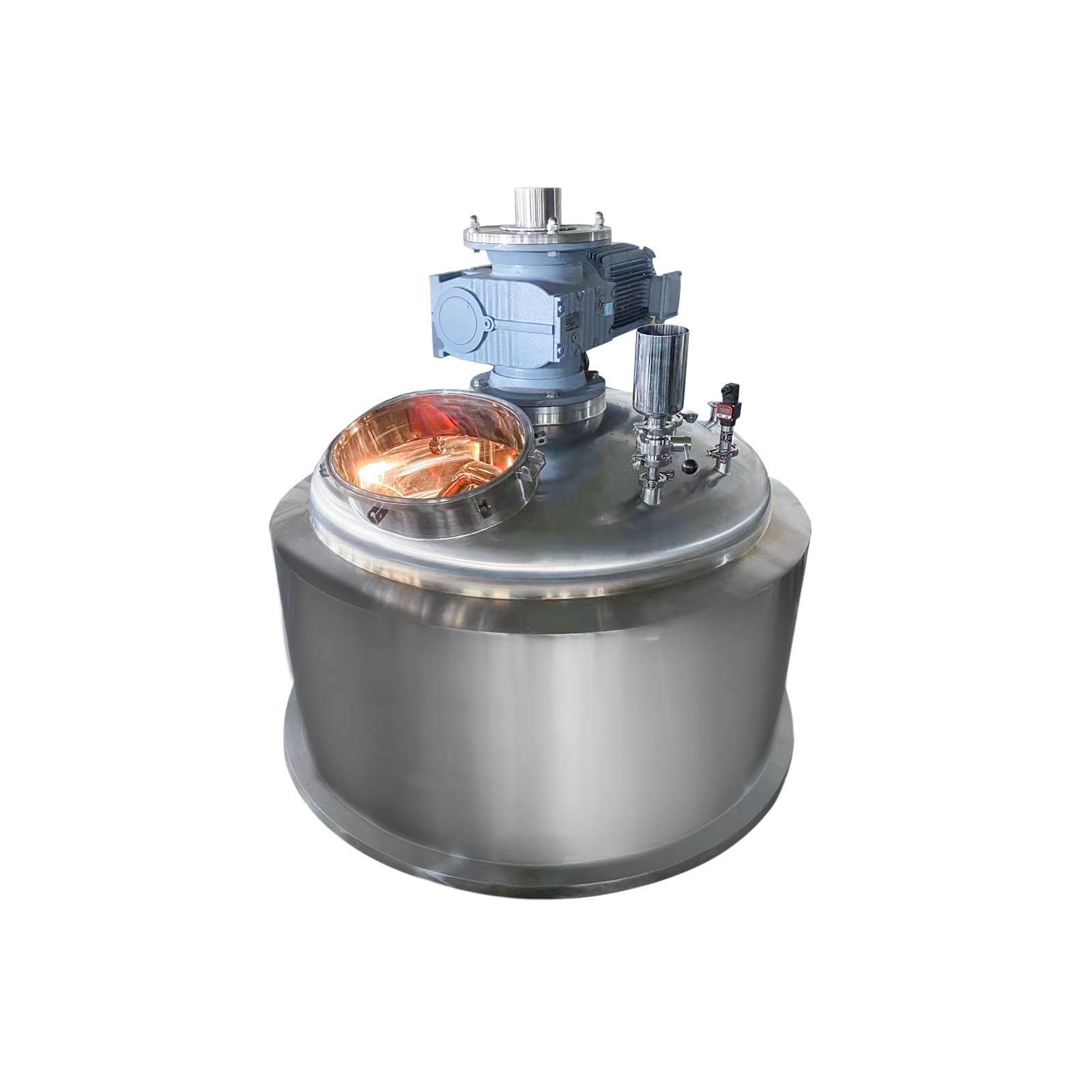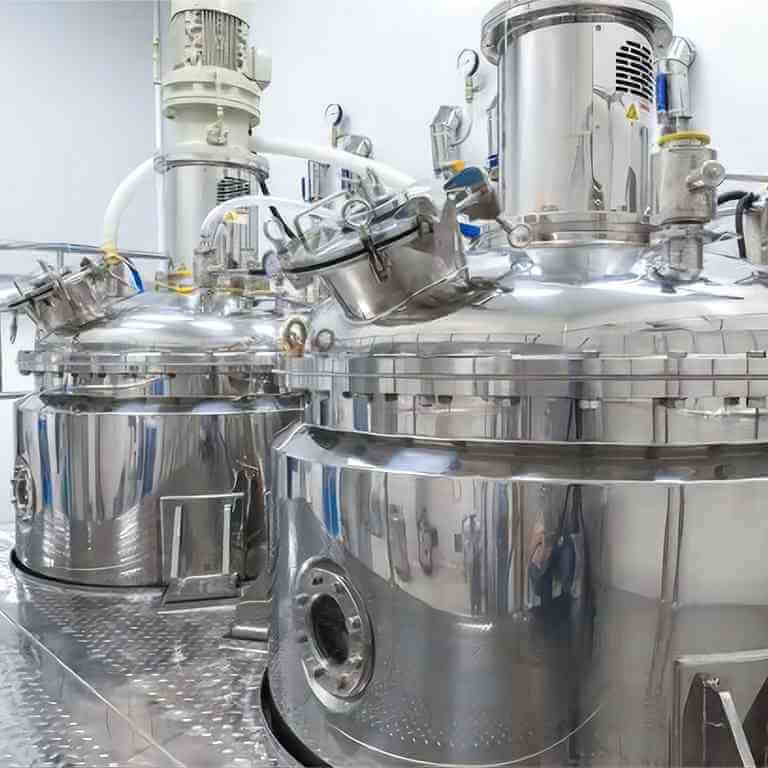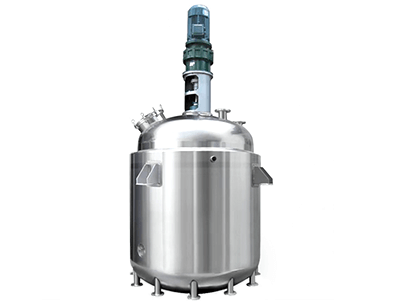

High Pressure Reactor
High-pressure reactor: used in chemical synthesis, catalytic reaction, and other fields
Material
glass, stainless steel (316, 304), carbon steel, others
Capacity (L)
10-10000+
Mixing system
anchor, paddle, frame and others
Heating system
electric heating, oil heating and others
The High-pressure reactor is mainly made of the kettle cover, the kettle body, the strong magnetic coupling stirrer, the high temperature, and high-pressure needle valve, the lower stirring part, the inner cooling coil, the temperature measuring part, the liquid lower pipe, etc.
Request a quote
The process of removing impurities in high pressure reactor
The high pressure reactor needs to be cleaned for some time during use, that is, to remove impurities, mainly using equipment with a circulation pump, adding some cleaning agents to the high pressure reactor, stirring, and high temperature radiation.
The correct cleaning method can not only guarantee quality, but also improve its efficiency, but many customers choose not to do any cleaning. For a long time, a large amount of impurities will accumulate in the high pressure reactor, which not only affects its service life but also affects its efficiency. The high pressure reactor should be cleaned immediately before discharge.
Pay attention to three points during the uninstallation process
1.Insert the reaction valve from the exhaust valve into the kettle. After most of the residue has been removed, pour water into the jug and stir for about ten minutes. At this point, the kettle can be opened and the inner walls of the kettle clean.
2.When cleaning, the kettle cover and sampling valve must be cleaned. At the same time, take a small amount of nitrogen with water in the kettle.
3.Do not use it for now. Add 0.7 g of absolute ethanol and absolute ethanol to the non-high pressure reactor.
4.The removal of impurities in the high pressure reactor, that is, cleaning, is necessary to remove its impurities after a period of use, to ensure that the equipment is not corroded by impurities and prolong its service life.
High pressure reactor pressure test operation
The airtightness and pressure of the high pressure reactor should be checked before use to ensure the normal use of the high pressure reactor.
1.Connect nitrogen: connect the nitrogen cylinder to the air inlet of the high pressure reactor through the pipe, and tighten the relevant screws. Open the main valve and the partial pressure valve of the nitrogen cylinder, adjust the pressure of the partial pressure valve to the pressure required for the experiment, and then open the inlet valve of the high pressure reactor to slowly fill the high pressure reactor with gas. When the pressure value displayed in the high pressure reactor is equal to the pressure set on the nitrogen cylinder and remains unchanged, close the inlet valve of the high pressure reactor and the outlet valve of the nitrogen cylinder in turn, record the displayed pressure value, and then observe it after half an hour Whether the pressure has changed.
2.Check the leak point: If a significant pressure drop is observed, the leak point should be checked. Use soapy water to eliminate any possible electrical leaks in the high pressure reactor. The inspection area is the interface between the autoclave cover and the air inlet pipe, gas storage tank, and pressure gauge; the needle valve interface of the air inlet and outlet, the sealing ring of the autoclave body and autoclave cover, and the socket of the thermometer probe, etc. If an air leak is found, the pressure should be released first, and the corresponding leak should be tightened, and then pressurized to check for leaks. After checking for leaks, relieve the pressure and clean the soapy water with deionized water.
3.Turn off the nitrogen: Make sure that the pressure in the kettle is completely discharged, close the main valve and partial pressure valve of the nitrogen cylinder, and discharge the residual pressure in the pipeline, and use a torque wrench to loosen the nut on the main valve. It is symmetrical and symmetrical, and the kettle body and the kettle cover are slowly and steadily removed. Special attention should be paid to protecting the sealing surface to avoid damage caused by collision between the kettle cover and the sealing environment of the kettle body.
Pressure testing is an essential inspection step before using a high pressure reactor. Everyone must conduct the test strictly in accordance with the operating regulations to ensure the safety of the test. At the same time, it needs to be cleaned for a period of time during use, and the correct cleaning method can not only ensure quality but also improve its efficiency.




